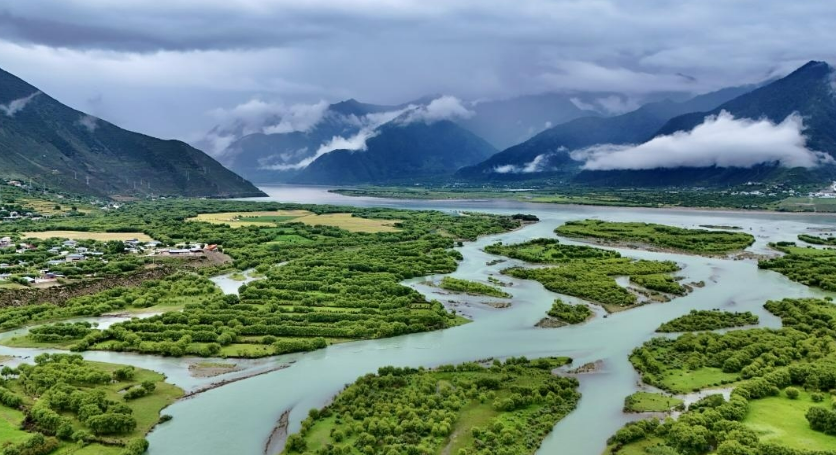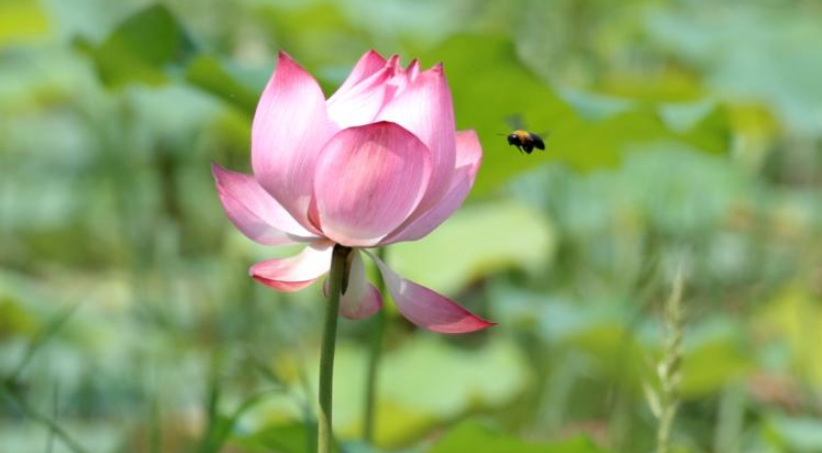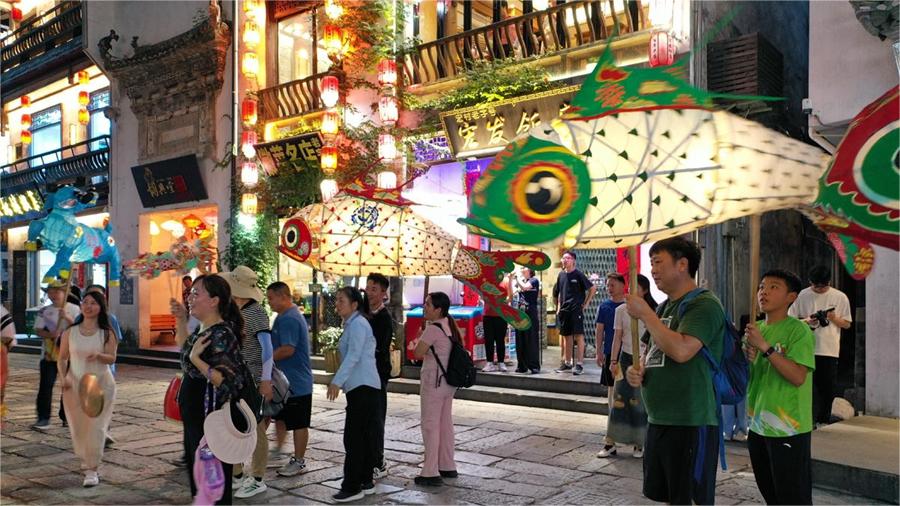Hainan’s natural rubber reaches global market
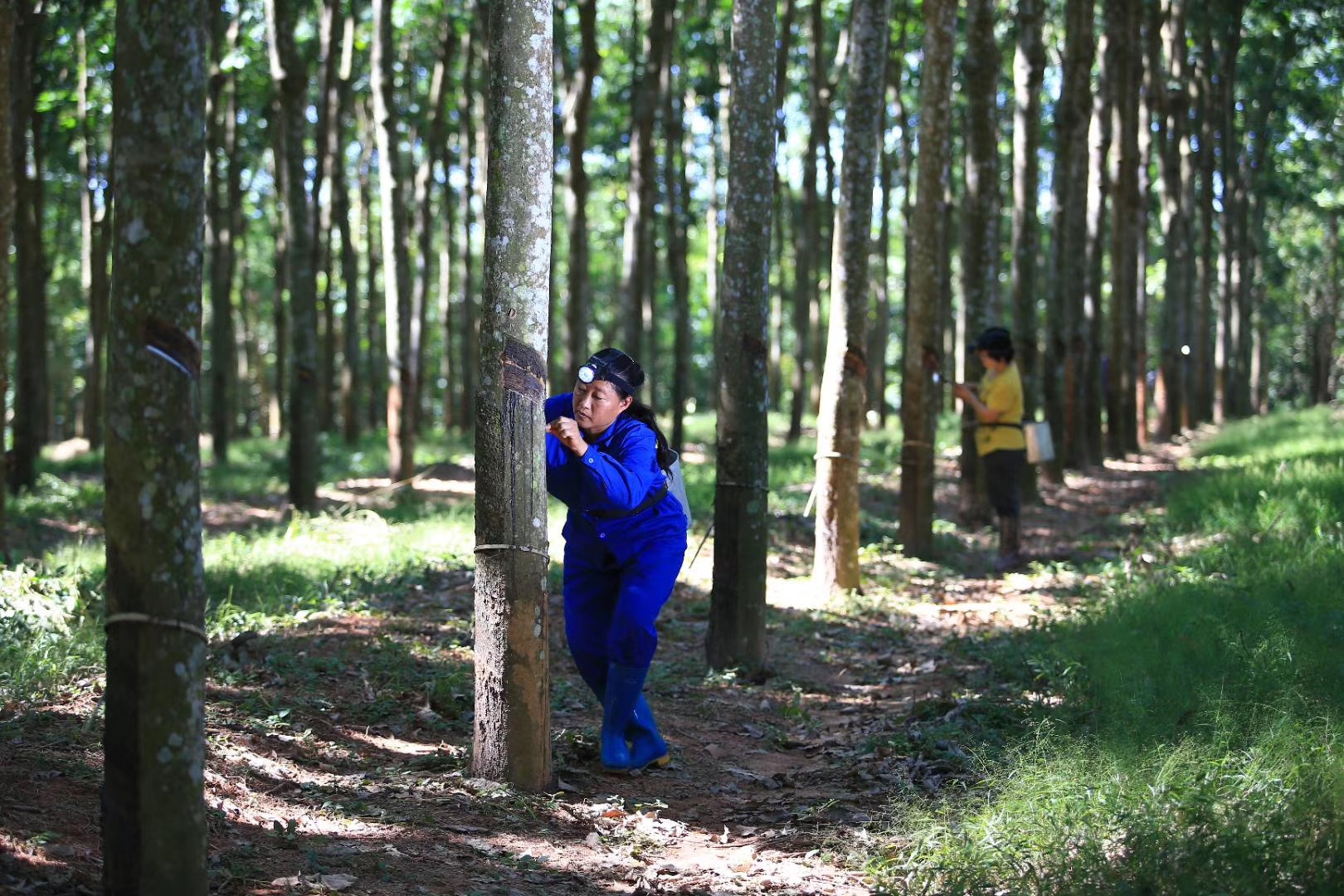
Workers harvest rubber in a rubber plantation in south China’s Hainan Province. (Photo courtesy of China Hainan Rubber Industry Group Co., Ltd.)
In the Xilian Rubber Plantation, located in south China’s Hainan Province, rubber tappers are skillfully tapping rubber trees. As the knife slices through the bark, milky white latex slowly oozes out and drips into containers tied around the trees. The latex is then transported to rubber processing plants where it is processed into blocks or concentrated latex, which is sent across the country for further processing.
What can be made from this latex?
Surprisingly, latex can be used in an incredibly wide range of products, including everyday items like rain boots, hair ties, and medical gloves, larger items such as airplanes, car tires, and components for large-scale equipment, and even high-tech goods like rockets, artificial satellites, and spacecraft.
Over the years, Hainan has continued to grow the rubber industry. It has taken on a “go global” initiative, establishing natural rubber planting and processing bases in Africa, Southeast Asia, and other regions, creating a complete industrial chain that integrates rubber planting, processing, and trade.
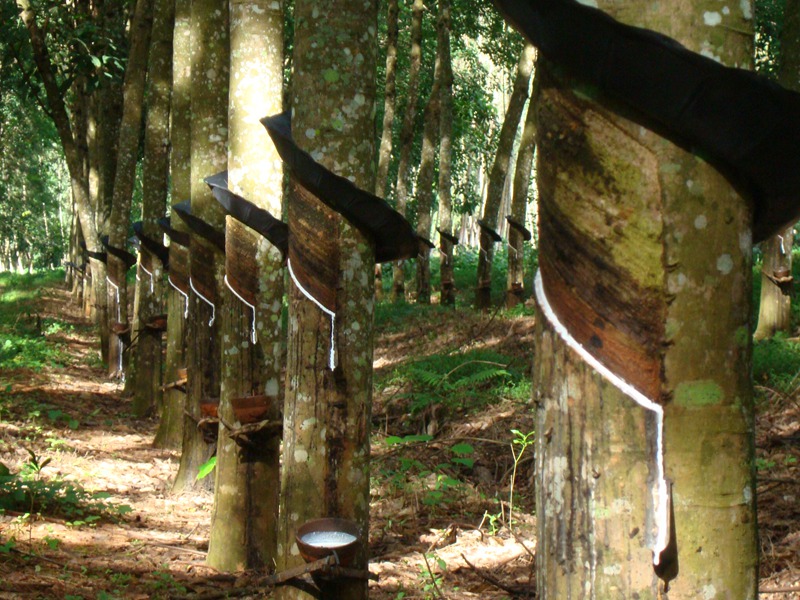
The rubber tapping technology featuring the use of rain guards has been widely adopted in the Longjiang branch of China Hainan Rubber Industry Group Co., Ltd. (Photo courtesy of China Hainan Rubber Industry Group Co., Ltd.)
“We serve major tire manufacturers such as Michelin, Bridgestone, and Goodyear,” said an executive from China Hainan Rubber Industry Group Co., Ltd.
In 2023, the natural rubber planting area in Hainan reached approximately 7.85 million mu (about 5,233 square kilometers) and the production of natural rubber reached 347,900 tonnes, which accounted for about 41.7 percent of the national total.
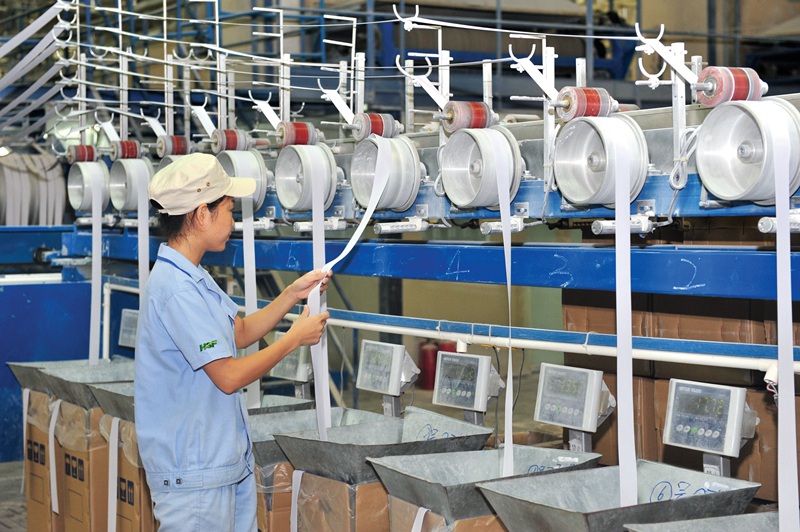
A worker makes latex wires at the factory of Hainan Jingwei Latex Wire Co., Ltd. (Photo courtesy of China Hainan Rubber Industry Group Co., Ltd.)
In 2005, China Hainan Rubber Industry Group Co., Ltd. was founded. In January 2011, the company was listed on the China Shanghai Stock Exchange.
In 2010, the company took a significant step towards international expansion by establishing a wholly-owned subsidiary, Hainan Rubber Group Singapore Development Pte. Ltd., in Singapore.
In recent years, the company has expanded its operations and collaborations globally. It has taken on the management of Indonesia-based natural rubber processing and trade enterprise Kirana Megatara (KM), and Archipelago Rubber Trading Pte. Ltd. (ART), a Singapore-based natural rubber trader. Additionally, it has acquired Halcyon Agri, a Singapore-listed company under Sinochem International Corporation.
Currently, the company manages approximately 5 million mu of land worldwide, with 4 million mu of rubber plantations. This accounts for about 2 percent of the global natural rubber cultivation area.
The company’s annual processing capacity has reached 1.4 million tonnes (including KM and ART), representing approximately 10 percent of the global natural rubber production.
Its annual trade volume is 3.8 million tonnes (including KM and ART), accounting for about 25 percent of the global natural rubber consumption.
The company’s efforts aren’t limited to just growing its business, either. It and its subsidiaries have taken steps to integrate with the local communities they operate in. For example, they have built schools and hospitals, and have contributed to environmental protection and poverty reduction in regions such as Africa.
In March of this year, responding to the Belt and Road Initiative, the company dispatched an expert team to Cameroon to train local rubber tappers. The team not only shared advanced Chinese tapping techniques and management expertise but also fostered strong friendships through cultural exchange activities, injecting new vitality into the local rubber industry.
Photos
Related Stories
Copyright © 2024 People's Daily Online. All Rights Reserved.







